Lots of talk today about how the SaaS market will ‘collapse’ in two years. I don’t get it: if it survived 40 years, why would it collapse now? Yes, that’s right, SaaS has been a successful model for 4 decades now. Need proof? Check out Technorati linking to my post on the NetSuite IPO 11119 days ago. That’s 38 and a half years, give and take a few weeks. 

Oh, well, that was the fun part, for real analysis check out my fellow Enterprise Irregulars:
Jason Corsello, Anshu Sharma, Vinnie Mirchandani, Bob Warfield, Josh Greenbaum.



 )
) Then there’s the issue of The Gadget. I believe the iPod at the first conference was just more-then-generous swag. The iPhones handed out at the second conference had an integral part at the event: several applications released specifically for Office 2.0 allowed participants to interact with each other, navigate the schedule and find sessions. This time all paid participants will receive a the HP 2133 Mini-Note PC.
Then there’s the issue of The Gadget. I believe the iPod at the first conference was just more-then-generous swag. The iPhones handed out at the second conference had an integral part at the event: several applications released specifically for Office 2.0 allowed participants to interact with each other, navigate the schedule and find sessions. This time all paid participants will receive a the HP 2133 Mini-Note PC.
 WiFi 802.11b/g Wi-Fi
WiFi 802.11b/g Wi-Fi Of course none will be as green and few as silent as the CherryPal.
Of course none will be as green and few as silent as the CherryPal.
 . (Yes, I know, we get what we pay for, and this is a free service – it’s still a ridiculous outage.)
. (Yes, I know, we get what we pay for, and this is a free service – it’s still a ridiculous outage.)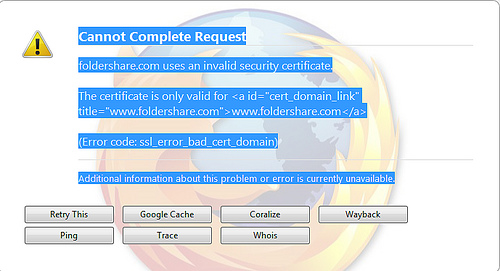
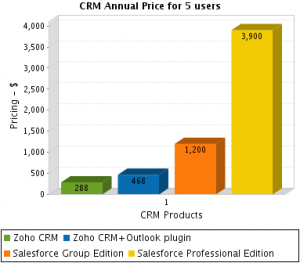

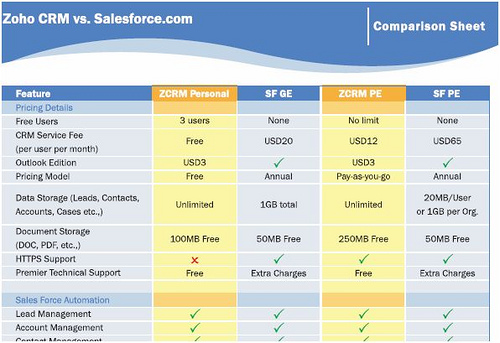
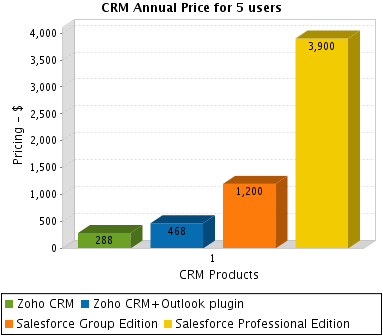
 .
. 
 Zoho, best known for their Web-based Productivity (Office+) Suite today released
Zoho, best known for their Web-based Productivity (Office+) Suite today released 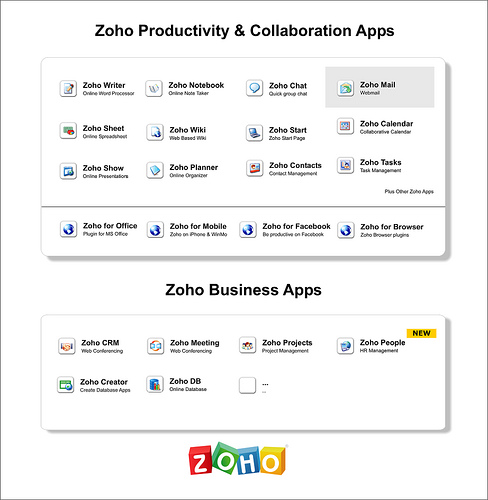

Recent Comments